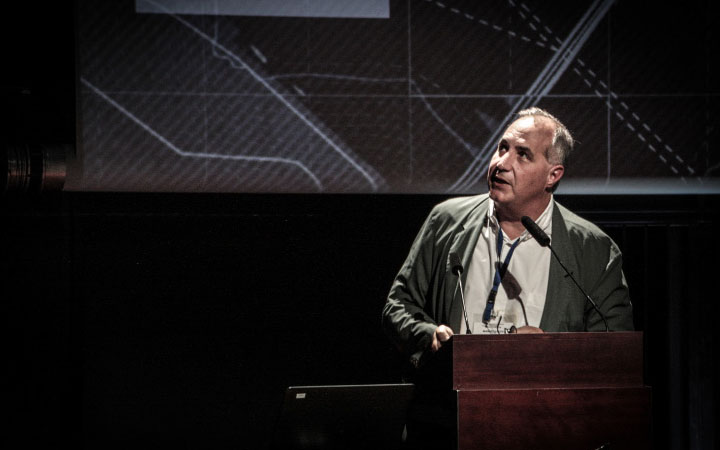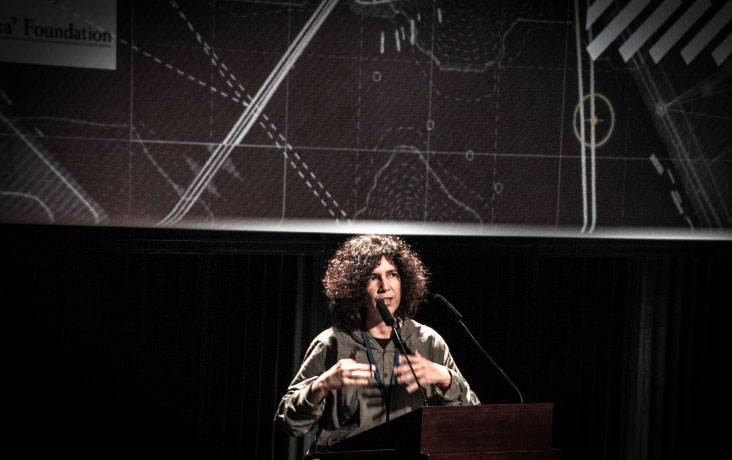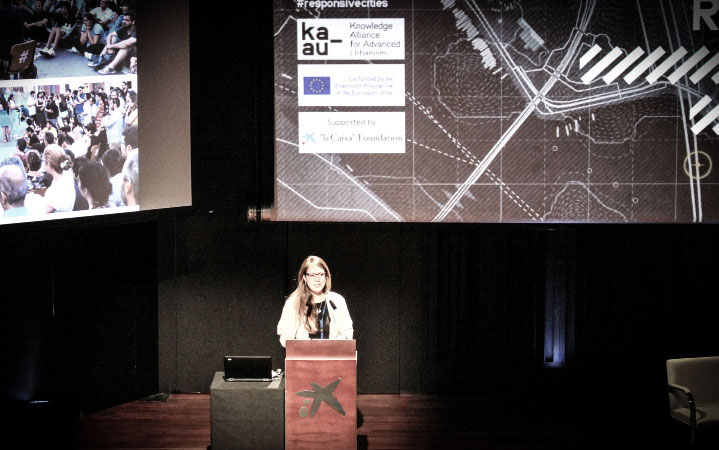
Can we anticipate, adapt, integrate and operate cities?
The greatest revolution of information
Interact and interactive information in between people, space, complexities is the big revolution of our era and this new knowledge of thinking. The last few decades have confirmed the consequences of this crucial shift: from mobility and delocalization, to communication and the internet of things, the capacity to process complex and great amount of data is now a fact. We express every day the expressions of our trading and sharing environment as simultaneous, dynamic, multicultural, informational system, variable, complex, indiscipline, nonlinear, complex and interactively differential. This global and holistic capacity of this information structure that was not possible for the modernist and even post-modernist architecture is probably the greatest revolution of our time. Forms now are processes and performances. In the last twenty years, urbanist theory has tried to answer to this system with different approaches building the framework for
a comprehensive knowledge. We need to apply logics instead of models, sharing questions and studies to approach urbanism with the idea of projection and interactivity. Gradually we understand the complexity of the city and we develop interphases for citizens to express their potential in its environment.
Resiligience as an attitude to design
Considering the map of vulnerable areas in the world, the advanced approach has the main role in understanding that all the systems are very complex and potential cancers. In this framework, new methods must be conceived. Resiligience is the addition of intelligent cities and resilient landscapes. Leaving the idea of smart city as a mere system of sensors, we can define intelligence according to five parameter: processing capacity (analytical and conceptual), adaptive capacity (evolutionary, flexible and reversible), operational capacity (creative, directive and proactive), transversal capacity (connectivity and strategy) and relational capacity (emotional, emphatic and interactive). Apparently, for resilience we can establish a match as anticipation, adaptation, resistance, integration and recuperation are its features. If as architects we need to qualify our habitat, we can directly link these topics with the mapping, socializing and organizing
possibilities to address city’s issues. Exploiting resiligience we are able to work in a dynamic way with the city: anticipating process, adapting it to new models while preserving the landing with the integration of innovative networks and emotional designs.
by Manuel Gausa



